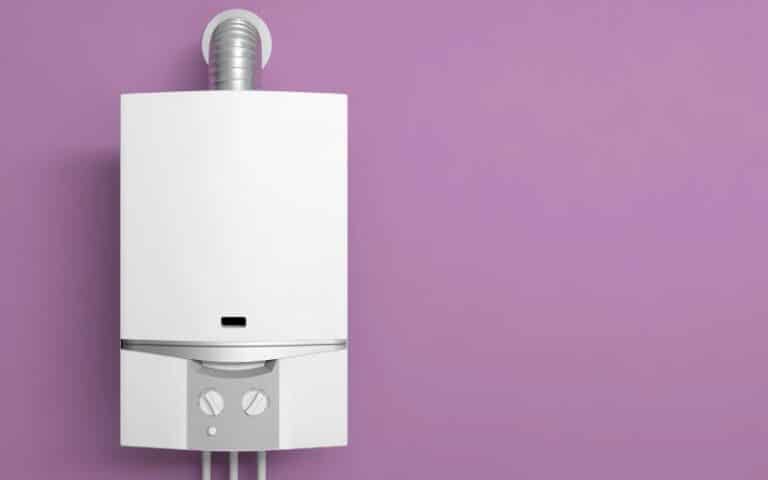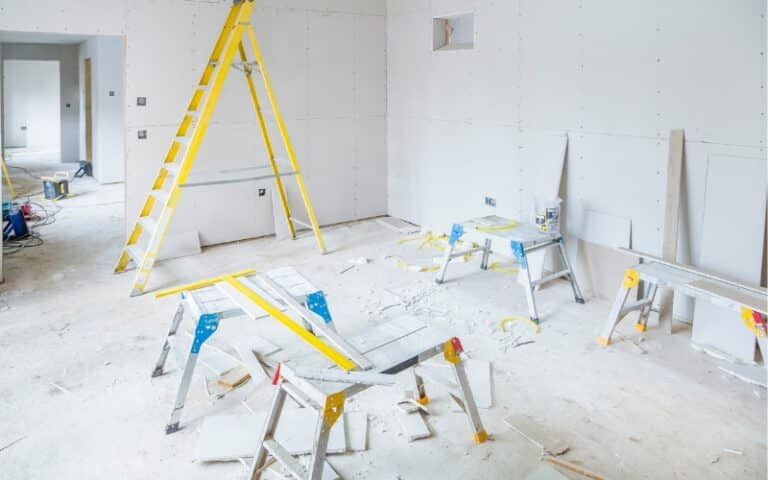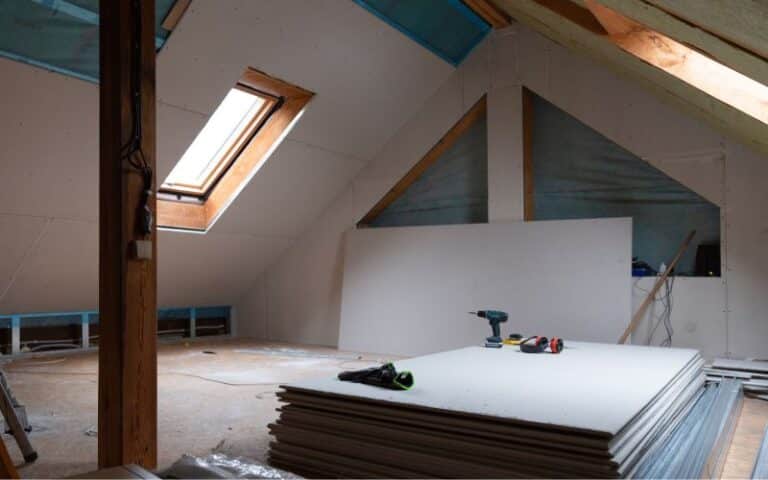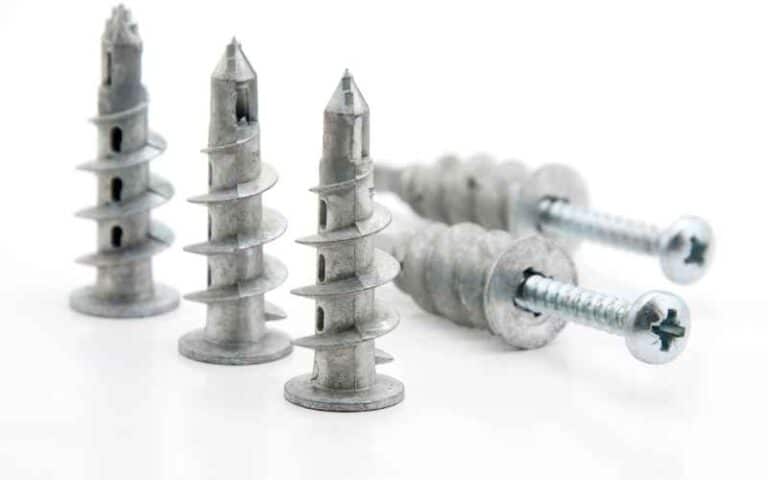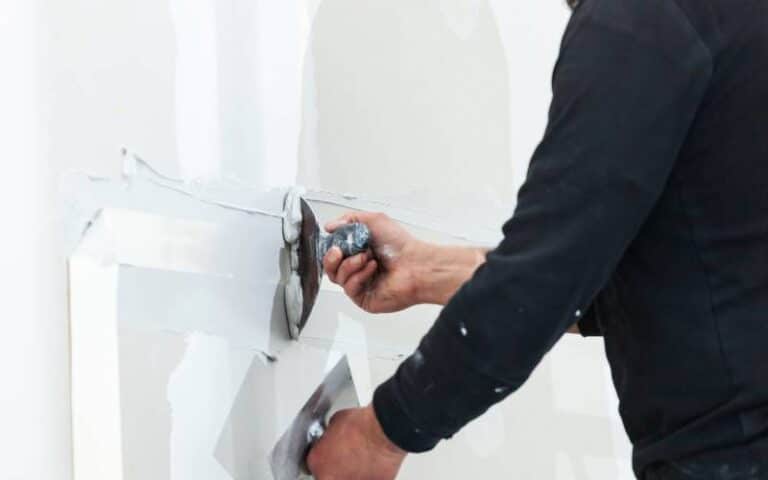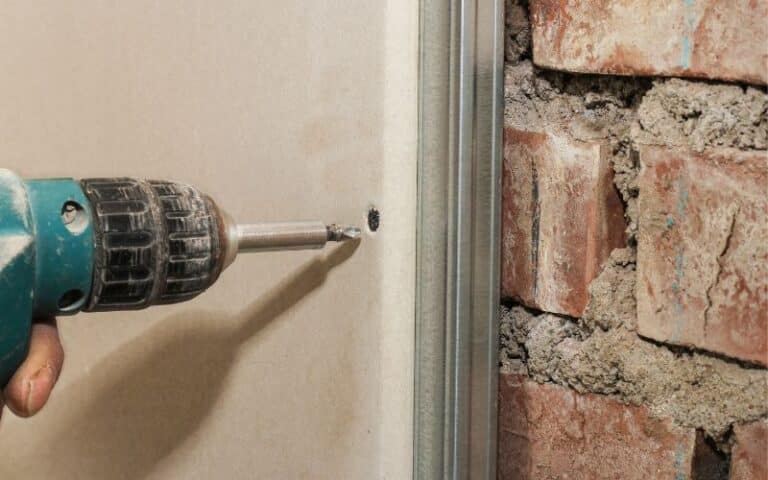When it comes to building and construction, aesthetics is one factor you should pay attention to. And drywalls are perfect materials for such finishing.
Drywall is a preferred finishing material due to its versatility and durability. However, many older buildings may have existing ceiling tiles that need replacement or are simply out of style.
In these cases, installing drywall over the ceiling tiles is the most efficient and cost-effective alternative to getting the desired look. But how do you do this?
While installing drywall over existing ceiling tiles is possible, you should consider the advantages and disadvantages before you begin. One of the primary benefits is that it saves time and cost. However, this process can increase the ceiling structure and height strain. Therefore, it is always important to consider certain factors before drywall installation.
This article will guide you through the necessary steps to ensure a successful drywall over ceiling tiles installation. It will also explore the benefits and drawbacks of this installation.
Ready for a Drywall Quiz?
Can You Install Drywall Over Ceiling Tiles?

You can install drywall over ceiling tiles. Since drywall is easy to install and highly customizable, it allows for different finishes and textures that match your preferred aesthetics.
Although, depending on your goals, installing drywall over ceiling tiles can be beneficial or detrimental. Below are some advantages of drywall installation:
#1. Cost Effective
It is much cheaper to install drywall over existing ceiling tiles than to remove and dispose of old ones, primarily if you work in a large area.
Drywall usually comes in different dimensions, which is instrumental in helping you make a choice, especially if you are on a budget.
Also, the tools required to install drywall are simple and inexpensive, and the other materials are just as available.
#2. Improved Aesthetics
One key feature of drywall is that when done right, it has a smooth, even surface which automatically improves the appearance of any old or outdated ceiling.
You can finish the installation with paint texture or any other decorative option to suit your desires.
#3. Durability
Ceiling tiles can crack, sag, or become discolored after some time. However, drywall is more durable, and you are guaranteed a longer-lasting finish.
Another aspect is that if it eventually starts to wear, you can easily repair the damages without breaking the bank.
#4. Better safety features
Drywall has some inbuilt features that make it a safer choice in your home. For example, drywall has better fire resistance than ceiling tiles, which is crucial for safety reasons.
Some drywall, like Type X Drywall, is designed to increase fire resistance.
Drywall is also built not to support mold growth, and some drywalls are made explicitly for homes in humid climates.
Furthermore, drywall provides better insulation than ceiling tiles due to its texture and makeup, keeping you warmer in winter and cooler in summer.
On the other hand, there are some disadvantages to installing drywall over ceiling tiles, and they include:
#5. Increased Ceiling Weight
Because drywall is significantly heavier than ceiling tiles, this installation can strain the ceiling structure, especially if it is not built correctly.
This factor is vital because you do not want your ceiling crashing down on you when you least expect it.
Therefore, it is essential to reinforce the existing ceiling structure to support the additional weight.
#6. Less Headroom
This will not be a challenge in a building with high clearance. However, if it is a low-clearance space like a basement, it is obvious that there is less headroom, and this can be uncomfortable.
#7. Possible Electrical & Plumbing Challenges
If the ceiling has any electrical or plumbing fixtures, it will be hard to access when the drywall is installed.
Below is a table summarizing the advantages and disadvantages of installing drywall over ceiling tiles.
| Advantages | Disadvantages |
|---|---|
| Cost effective | Additional ceiling weight |
| Improved aesthetics | Less headroom |
| Durability and Better safety features | Possible electrical & plumbing challenges |
How to Install Drywall Over Ceiling Tiles?
Before installing drywall on your ceiling tiles, ensure you have the necessary tool and make suitable provisions for a successful project.
The best way to go about this is to make a checklist.
#1. Have the Necessary Tools
You should ensure you have the right tools to install your drywall over your ceiling tiles.
These tools include measuring tape, screw guns and screws, drywall knives, and a mud pan. It is best to have all these tools before embarking on the project.
#2. Carry Out a Thorough Inspection
The first thing you have to do is to check the ceiling, which is more or less your workspace. You want to know how the surface is and whether it supports the installation.
You will also want to know if there are any repairs you need to make before you start work. It is best if the ceiling is flat and level to prevent your drywall from cracking or breaking.
#3. Find the Ceiling Joists, Vents, and Other Fixtures
If you install the drywall directly on the ceiling tiles, you must locate the ceiling joists to help hold your drywall in place.
Also, it would be best to locate the vents, electrical and plumbing fixtures in the ceiling, so it will be easy to mark and cut on the drywall before installation.
#4. Set up a New Ceiling Framework
This step is optional and only necessary when the existing framework cannot support the drywall. In this case, you will need to construct a new framework.
After ensuring you are ready for the installation, you can follow these steps to install your drywall:
- After marking the position of the joists, measure the ceiling with a measuring tape. This will help you know how many drywalls you will need.
- Cut up the drywall sheets to cover the entire ceiling. Preferably use a drywall saw.
- Using drywall screws and a screw gun, fasten the drywall sheets to the ceiling joists.
- Use drywall tape to hold the joints where the sheets meet and spread the joint compound over the tape. It should take at least four hours to dry.
- Use the right sandpaper to smooth the joint compound against the drywall sheets. Ensure you put on goggles and a dust mask to protect your face.
- Apply the primer and at least two paint coats over 9-12 hours at three-hour intervals.
How Much Does It Cost to Drywall Over Ceiling Tiles?
The drywall installation cost over ceiling tiles can vary depending on several factors.
These factors include the size of the room, the condition of the existing ceiling tiles, the type and thickness of the drywall used, and the labor costs in your area.
The labor cost for a drywall installation project ranges from $1.50 to $6.65 per square foot, or more, depending on your region.
On average, the cost of materials for a drywall installation project can range from $0.30 to $0.80 per square foot of drywall, depending on the quality and thickness of the drywall sheet.
Based on these figures, the total cost of materials and labor for 1,000 square feet could range from $1000 – $4000.
It is best to get quotes from several contractors in your area to get a more accurate estimate of the cost of your specific project.
Will Drywall Over Ceiling Tiles Last?
Drywall over ceiling tiles can last for many years. However, the longevity of this installation depends on several factors.
While installing drywall over the ceiling is straightforward, most professionals do not recommend it.
The first reason is ceiling tiles are not designed to support drywall weight.
Secondly, since drywall is not a moisture-resistant material, it is prone to damage if it gets exposed to moisture due to ceiling leaks.
Removing the existing tiles and installing the drywall directly on the ceiling joists or new support structures is best to make your ceiling drywall last longer.
This practice will ensure appropriate support for the drywall, and you will address any potential moisture issues.
If you decide to install drywall over ceiling tiles, ensure the existing ceiling tiles are in good condition and properly secured.
You should use furring strips or adhesive and carry out a proper finishing with joint tapes and compounds. It is also essential to seal the drywall against damaging moisture.
With proper installation and maintenance, drywall can last many years, but it is less durable than other materials like plaster and prone to cracks and other damage.

